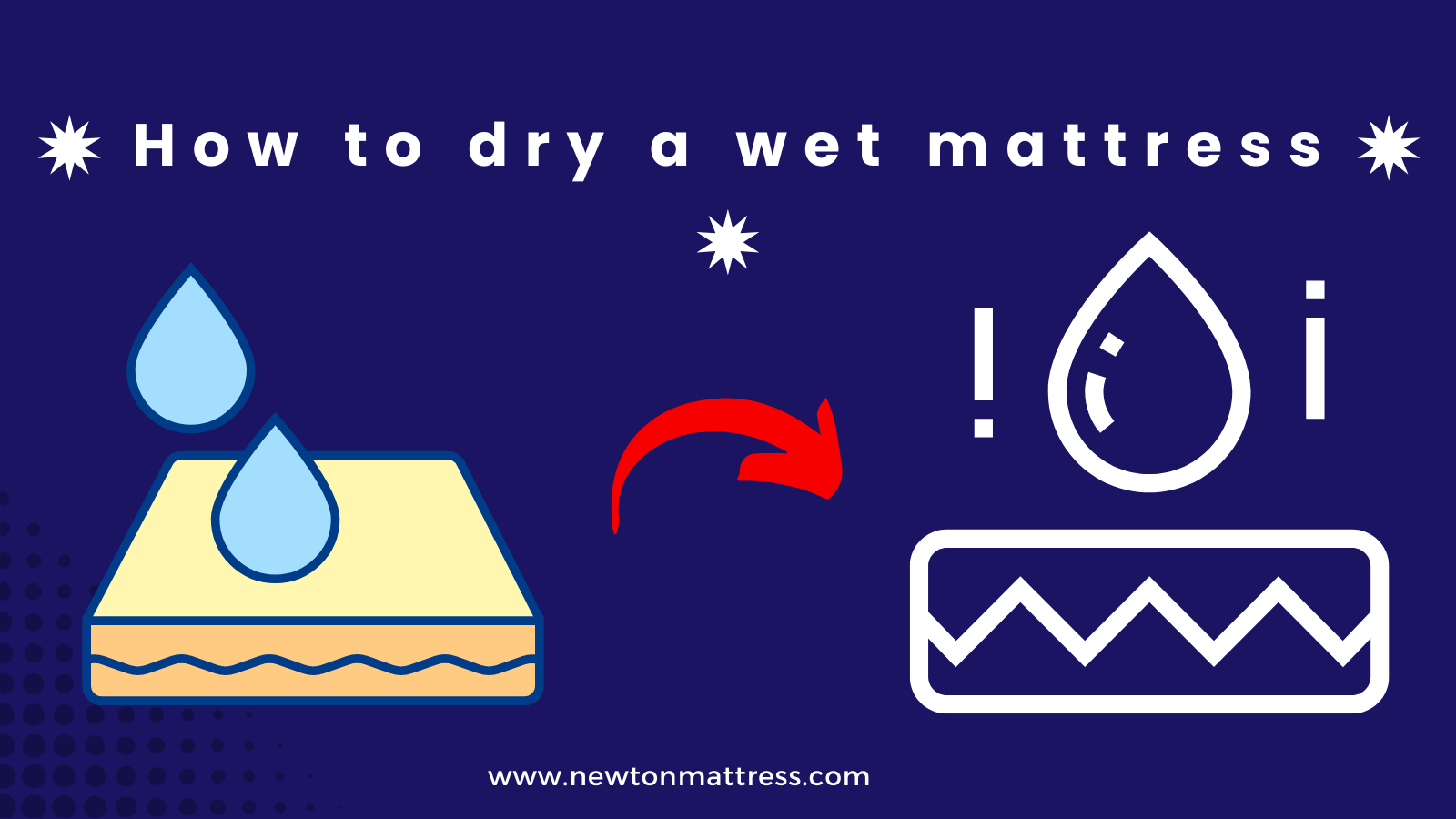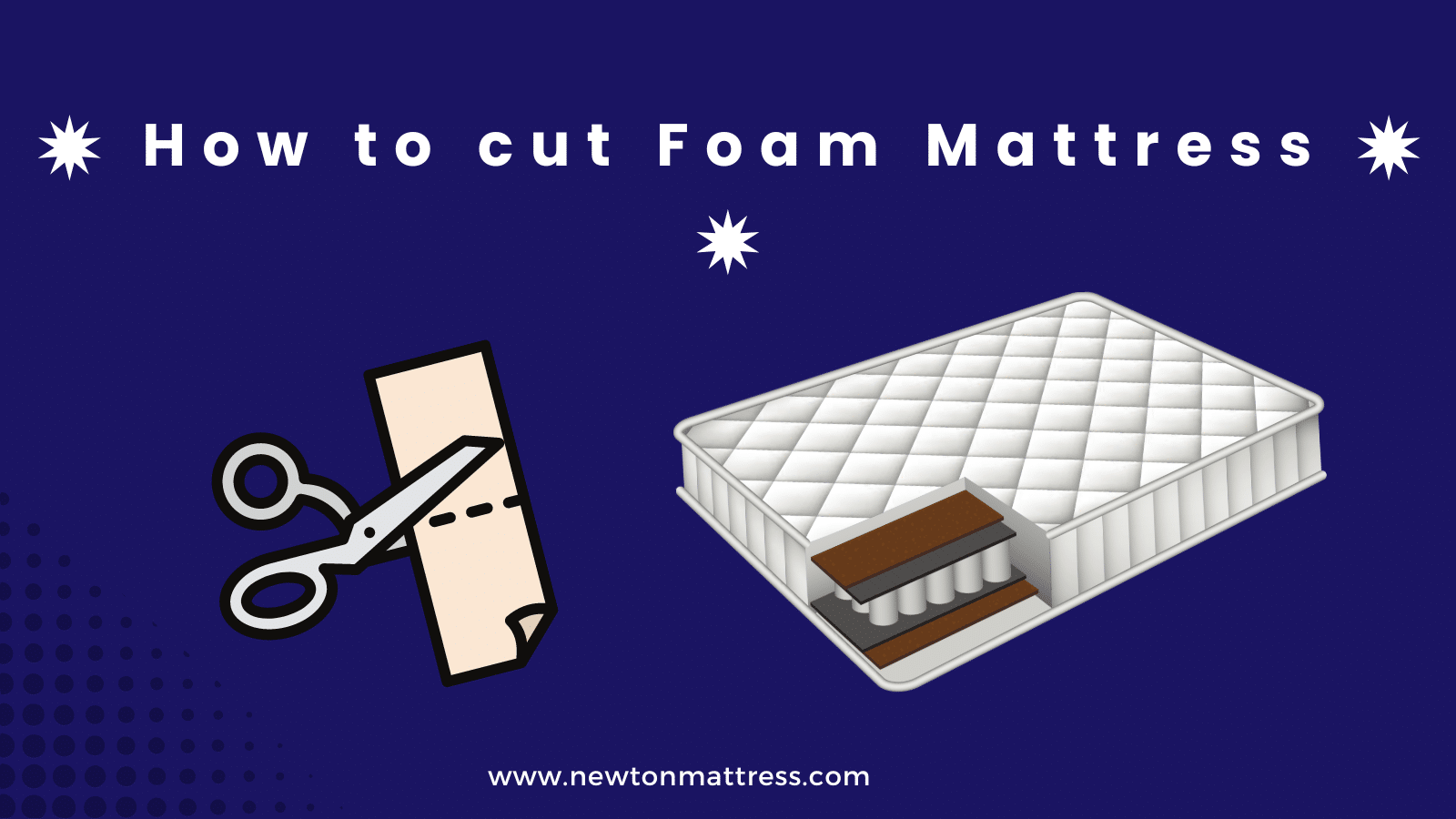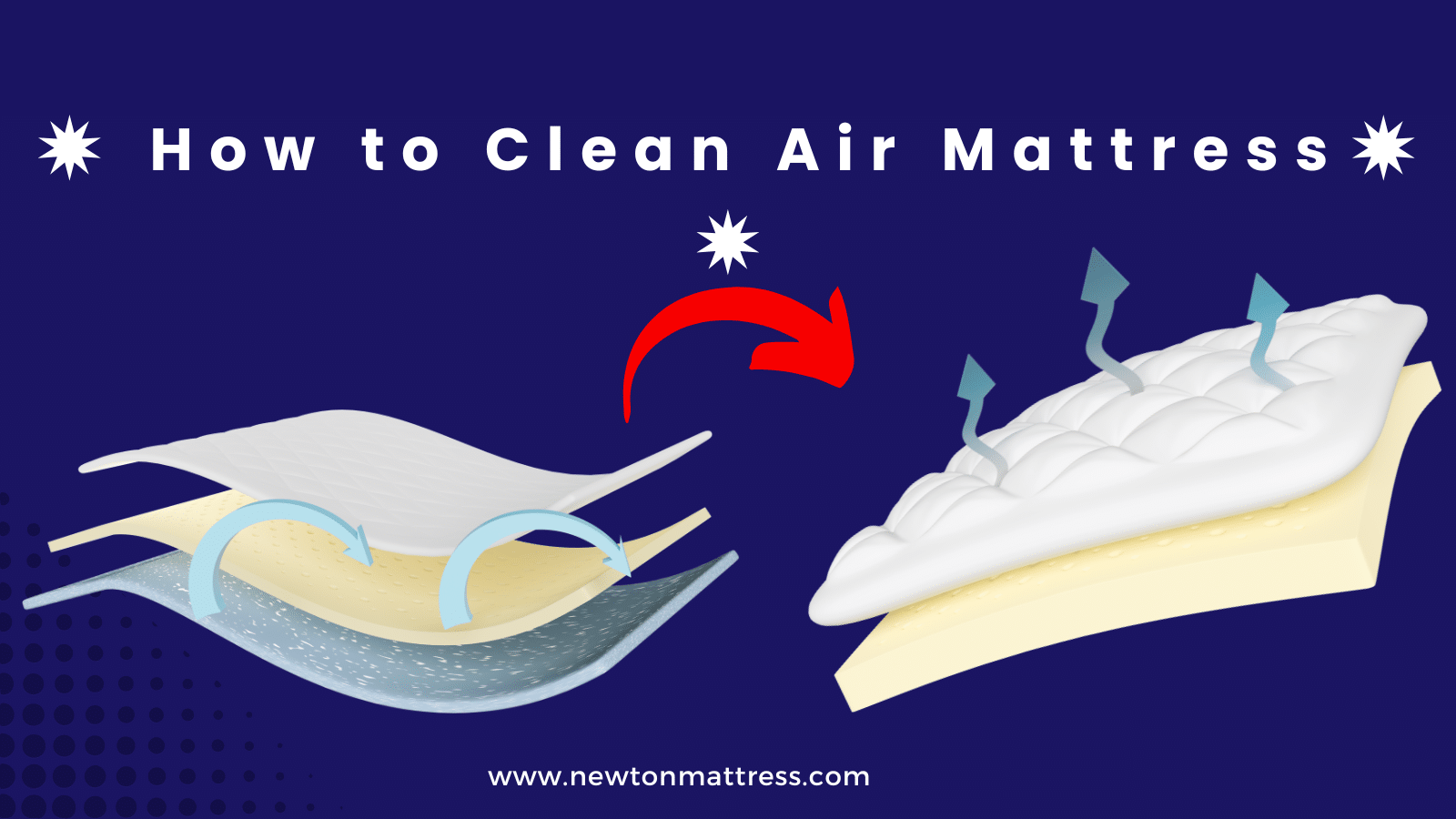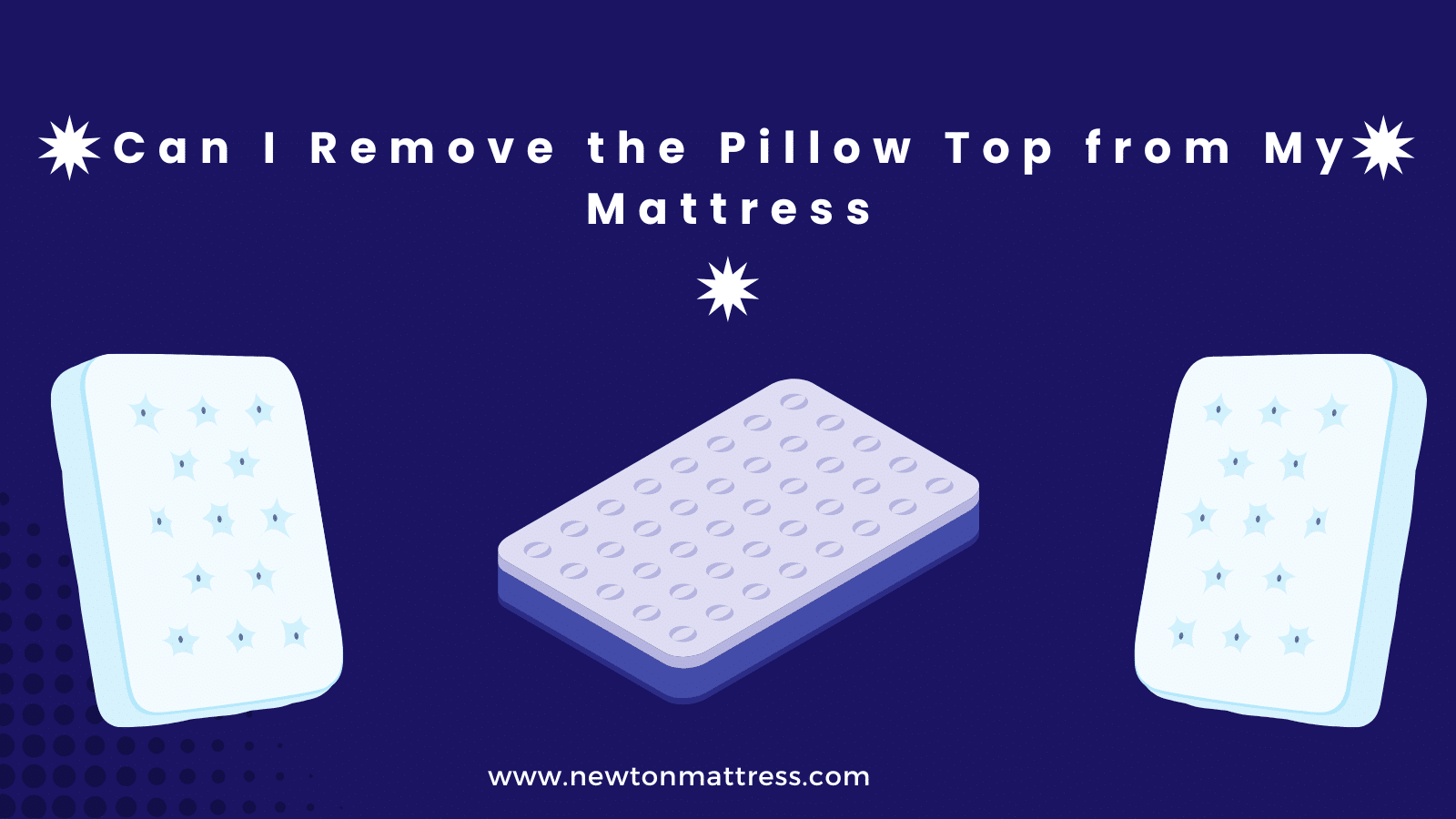A wet mattress is not just uncomfortable but can also be a health hazard. Moisture trapped inside the mattress fosters mold and mildew growth, posing serious health risks. Prompt action is crucial to prevent these problems. The process involves removing as much water as possible and ensuring thorough drying. It’s a task that might seem daunting, but with the right approach, you can save your mattress and ensure a healthy sleeping environment.
Start by blotting the wet area with towels to absorb as much moisture as you can. Don’t rub; just press down firmly. Next, use a vacuum designed for wet surfaces to remove more moisture. If the weather permits, move the mattress outside where sunlight can aid in the drying process. A combination of air movement, heat, and low humidity is effective for drying. If outdoors isn’t an option, use fans and a dehumidifier indoors to circulate air and remove moisture.
Reading about how to dry a wet mattress is the first step in salvaging your investment. Properly drying your mattress not only saves you money but also ensures you continue to enjoy a healthy, comfortable sleep environment. Remember, each mattress drying situation may call for a slightly different approach depending on the extent of the wetness and the resources available. Get all the essential tips and detailed step-by-step instructions by reading the full article. This guide could be the lifesaver your mattress needs.
Immediate Steps to Take
Remove all bedding and separate any mattress covers to expose the mattress fully and allow for more efficient drying.
A. Removing Bedding and Linens
After discovering your mattress is wet, the first immediate action should be to remove all bedding and linens. This is crucial for several reasons:
- Importance of Quick Action: The sooner you remove moist items from the mattress, the faster you can halt the soaking process, preventing the moisture from seeping deeper into the mattress layers. Delaying this step can exacerbate the moisture problem, making the drying process longer and more difficult.
- Preventing Further Damage: Damp linens can promote the growth of mold and mildew not only on the bedding but also on the mattress. By stripping the bed, you minimize the risk of these harmful organisms taking hold, safeguarding both your health and the integrity of the mattress.
Absorbing Excess Moisture
Once all bedding and linens have been removed, focusing on absorbing the remaining moisture in the mattress is essential. This step is critical to expedite the drying process and prevent the growth of mold and mildew. Here are two effective methods for absorbing excess moisture:
Towels and Rags: Lay clean, dry towels or thick rags over the wet areas of the mattress. Press down firmly to soak up as much moisture as possible. Replace the towels or rags with dry ones and repeat the process until the towels come up damp rather than soaking wet. This method is particularly useful for addressing surface moisture quickly.
Use of Absorbent Materials: For moisture that has penetrated deeper into the mattress, consider using highly absorbent materials like cat litter, baking soda, or commercial moisture absorbers. Sprinkle a generous amount of your chosen absorbent over the wet area and lightly press it into the fabric.
Allow it to sit for several hours, or even overnight, to draw moisture out of the mattress. Vacuum the absorbent material thoroughly after the waiting period to ensure all residue is removed, aiding significantly in the drying process.
Cleaning the Mattress (Stain Removal)
After addressing the issue of moisture, it’s time to focus on cleaning the mattress to remove any potential stains caused by the spill. Stains not only affect the appearance of your mattress but can also harbor odors and further encourage the growth of mildew if not properly cleaned.
Mild Detergent or Soap: Utilize a solution made from mild detergent or soap mixed with water. Apply this solution lightly to the stains using a clean cloth. It’s important to dab rather than scrub to avoid pushing the stain deeper into the mattress.
Afterwards, rinse the area by blotting with a damp cloth and then follow with a dry cloth to absorb excess moisture.
Avoiding Harsh Chemicals: It’s crucial to avoid using harsh cleaning chemicals as they can damage the mattress fibers and potentially leave behind residues that are harmful to sleep on.
Stick to gentle cleaning solutions and always test a small, inconspicuous area first to ensure there’s no discoloration or damage.
Deodorizing the Mattress
After thoroughly drying and cleaning the mattress, the next essential step is to deodorize it, ensuring it not only looks clean but also smells fresh. This is especially important if the cause of wetness was a spill that could leave a lingering odor. Here are two effective methods to naturally deodorize your mattress:
Baking Soda Application: Baking soda is a natural odor absorber and can greatly assist in eliminating unwanted smells from your mattress. Liberally sprinkle baking soda over the entire surface of the mattress. For a stronger effect, gently rub the baking soda into the mattress with your hands or a soft brush.
Allow it to sit for at least a few hours, or ideally, leave it overnight. Vacuum the baking soda thoroughly the next day, ensuring all powder is removed. This method not only helps to deodorize but also leaves the mattress feeling fresh.
Essential Oils for a Fresh Scent: For an added touch of freshness, consider using essential oils combined with the baking soda. Before sprinkling the baking soda on the mattress, add a few drops of your favorite essential oil to it. Lavender, chamomile, or eucalyptus are excellent choices for their calming and antibacterial properties.
The essential oils will give your mattress a pleasant scent, promoting a more relaxing sleep environment. After applying the baking soda and essential oil mixture, follow the same steps by allowing it to sit and then vacuuming it up.
Implementing these deodorizing techniques will not only help maintain a clean mattress but also enhance your overall sleep quality by creating a more inviting and soothing sleeping environment.
Promoting Air Circulation
A. Use of Fans
Promoting proper air circulation is key in the final stages of mattress recovery, ensuring it is thoroughly dried and preventing any chance of mold or mildew growth. Fans can play a critical role in this process:
- Speeding up the Drying Process: Position oscillating or standing fans around the mattress to create a steady airflow over its surface. This helps to significantly reduce drying times by evaporating moisture more quickly than air-drying alone.
- Preventing Mold and Mildew Growth: Continuous air movement discourages the stagnant conditions mold and mildew require to thrive. Directing fans at the mattress not only aids in drying it but also in maintaining an environment that is inhospitable to these harmful organisms.
B. Opening Windows or Using a Dehumidifier
Improving air quality and further enhancing the drying process of your mattress can be achieved by either opening windows or utilizing a dehumidifier. These steps are crucial for two main reasons:
- Controlling Humidity Levels: High humidity levels can prolong the drying time of the mattress and encourage the growth of mold and mildew. By opening windows, you allow fresh air to circulate, which naturally helps to lower the humidity in the room. Alternatively, using a dehumidifier can be extremely effective in controlling the room’s humidity levels, especially in climates where opening windows might not be beneficial due to external humidity or temperatures.
- Enhancing Ventilation: Good ventilation is essential not just for drying the mattress but also for maintaining a healthy indoor environment. Opening windows helps to replace stagnant air with fresh, while a dehumidifier circulates air within the room, ensuring that damp air is replaced with dry. This process not only aids in drying the mattress but also improves the overall air quality in the space, making for a more comfortable and healthful sleeping environment.
Sunlight Exposure
A. Importance of Sunlight in Drying
Exposing your mattress to sunlight plays a crucial role in the drying and maintenance process for several reasons:
- Natural Disinfection: Sunlight acts as a natural disinfectant, helping to kill bacteria, viruses, and other microorganisms that may reside in the fabric of the mattress. The ultraviolet (UV) rays from the sun can effectively reduce the presence of these unwelcome guests, ensuring your mattress is not just dry but also hygienically clean.
- Accelerating the Drying Time: Besides its disinfecting properties, sunlight can significantly speed up the drying process. The warmth and light provided by the sun increase the evaporation rate of any lingering moisture within the mattress, ensuring it dries thoroughly and more quickly than air-drying indoors. This is especially beneficial in preventing the growth of mold and mildew, which thrive in damp environments.
Proper Sun Exposure Technique
Proper sun exposure is paramount to harnessing the full benefits of sunlight while ensuring the mattress does not sustain damage from overexposure. These techniques will help maximize efficiency and protection during the process:
Rotating the Mattress: To ensure uniform drying and disinfection, it’s important to rotate the mattress periodically. Begin by exposing one side to the sun, and after a few hours, flip it to the other side.
This practice ensures that all parts of the mattress receive equal sunlight exposure, eliminating moisture uniformly and preventing any potential for mold or mildew growth on less exposed areas.
Monitoring the Weather Conditions: Before placing your mattress in direct sunlight, check the weather forecast for the day. Sudden rain can reintroduce moisture into the mattress, negating the drying process. Additionally, excessive heat can cause some materials in the mattress to break down or degrade, especially in memory foam mattresses.
Choosing a day with moderate temperatures and clear skies is ideal for sunning your mattress without risking unexpected weather changes or damage from extreme heat.
Mattress Protectors and Preventive Measures
Using a mattress protector is not only a smart choice for preserving the lifespan of your mattress but also an essential step in maintaining a healthy sleep environment. These protectors act as a barrier against spills, stains, dust mites, and allergens, ensuring your mattress stays clean and fresh for years to come.
A. Investing in Waterproof Mattress Protectors
Incorporating waterproof mattress protectors into your bedding ensemble can spearhead the initiative for maintaining a clean, dry, and durable mattress. These protectors act as a barrier, safeguarding your mattress from spills, stains, and the accumulation of moisture, which can lead to the growth of mold and mildew.
The selection available in the market varies, ranging from fitted-sheet styles that cover the top and sides of the mattress to encasements that envelop the entire mattress, offering maximum protection.
- Types of Protectors Available: Consumers can choose from a variety of waterproof mattress protectors, including those made from materials like polyurethane, vinyl, and terry cloth. Each material offers a different level of breathability, comfort, and protection.
- Long-term Benefits: The long-term benefits of using a waterproof mattress protector are multifaceted. Not only do they preserve the life and integrity of the mattress by preventing moisture and potential damage, but they also contribute to a healthier sleeping environment by barring allergens, dust mites, and bed bugs.
Conclusion: How to dry a wet mattress
In conclusion, the maintenance of a dry, clean, and durable mattress requires a combination of proactive and reactive measures. From addressing spills immediately to investing in waterproof mattress protectors, each step plays a critical role in extending the life of your mattress and ensuring it remains a comfortable and healthy environment for sleep.
Regularly sunning your mattress and controlling indoor humidity levels further contribute to its longevity and hygiene. By following these guidelines, you can protect your investment and enjoy a restful, refreshing sleep environment for years to come.



